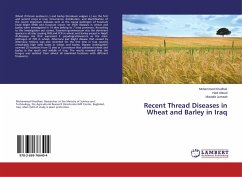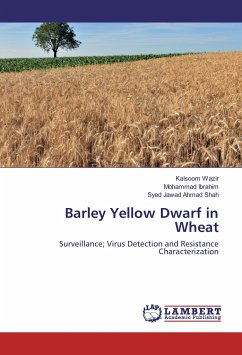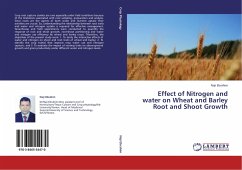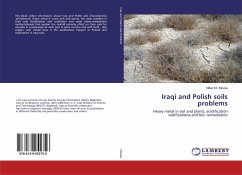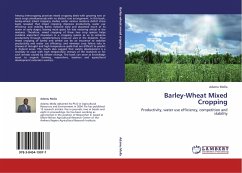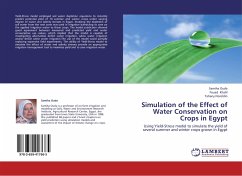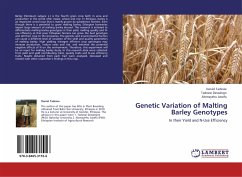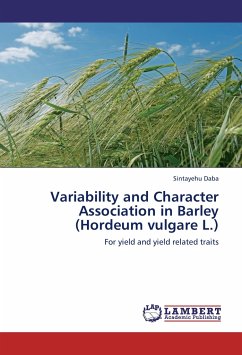Wheat (Triticum aestivum L.) and barley (Hordeum vulgare L.) are the first and second crops in Iraq. Occurrence, distribution, and identification of the recent important diseases such as the causal pathogen of Fusarium head blight (FHB) and Fusarium crown rot (FCR) diseases in wheat and barley were investigated in 14 sites belong to 7 Iraqi provinces. According to the investigation out comes, Fusarium graminearum was the dominant species in all sites causing FHB and FCR in wheat and barley except in Najaf/ Al-Abassiya site that expressed F. pseudograminearum as the main pathogen of FCR in wheat. Alternaria leaf blight disease that caused by Alternaria triticina was also recorded for the first time in Iraq causing remarkably high yield losses in wheat and barley. Disease investigation covered 25 locations from 12 sites in 5 provinces that cultivated wheat and barley in the south and middle of Iraq. The results revealed that the fungus was isolated from almost all examined locations with different frequency.

